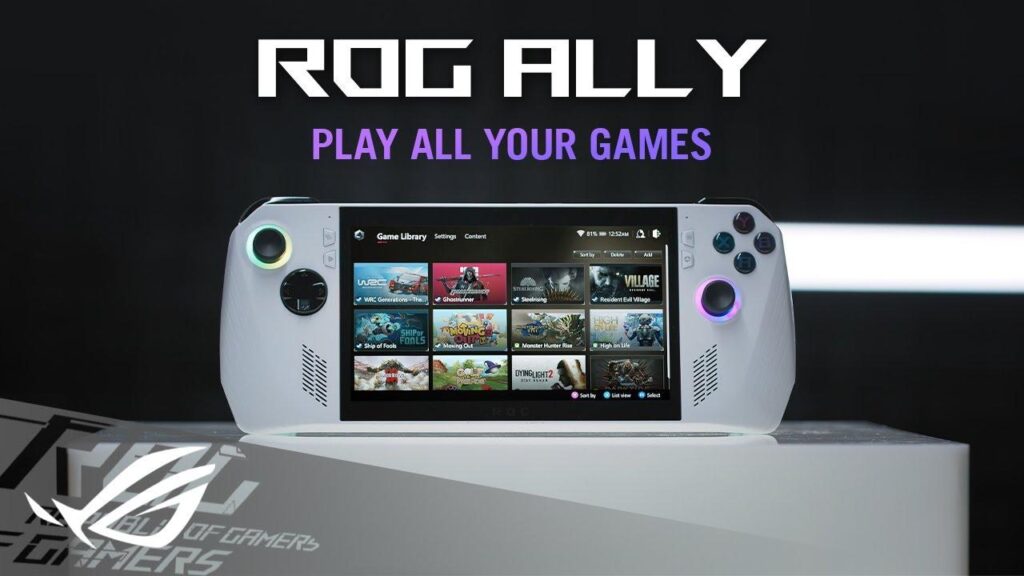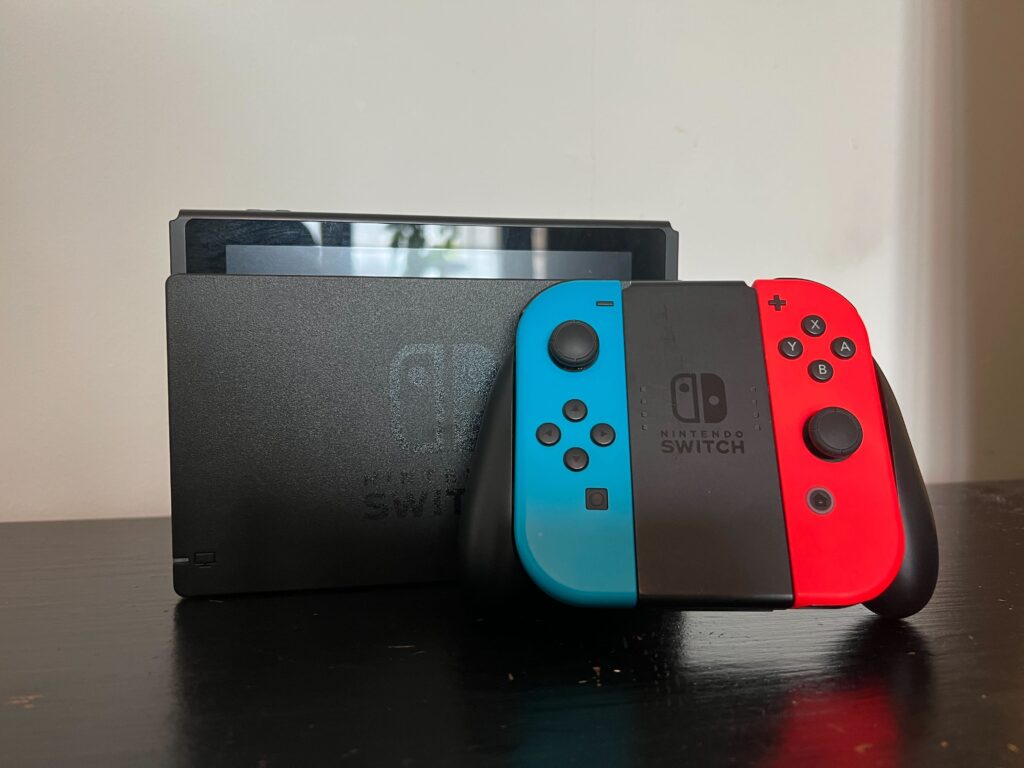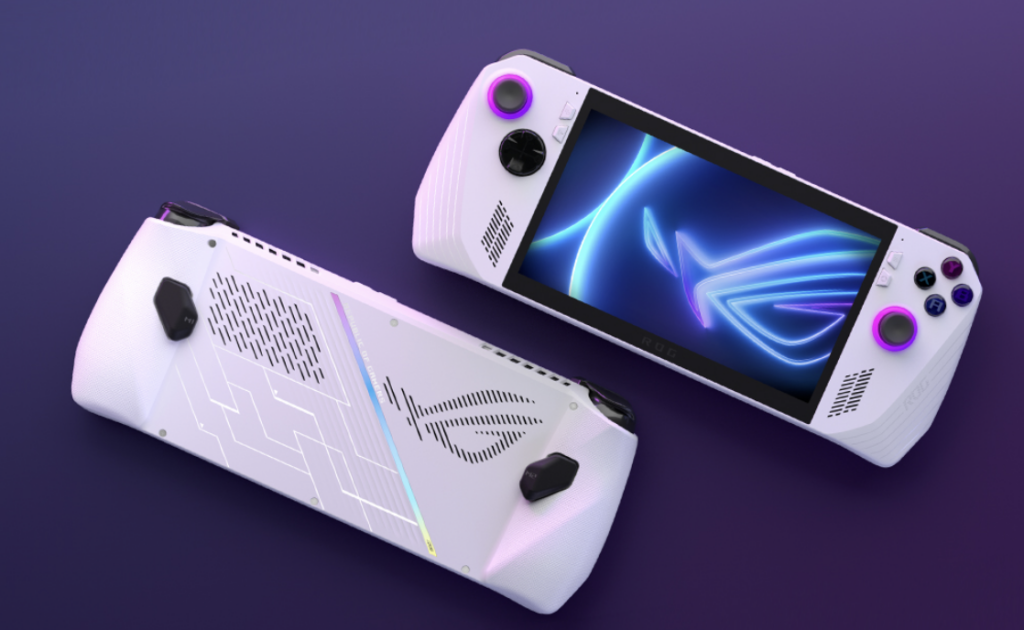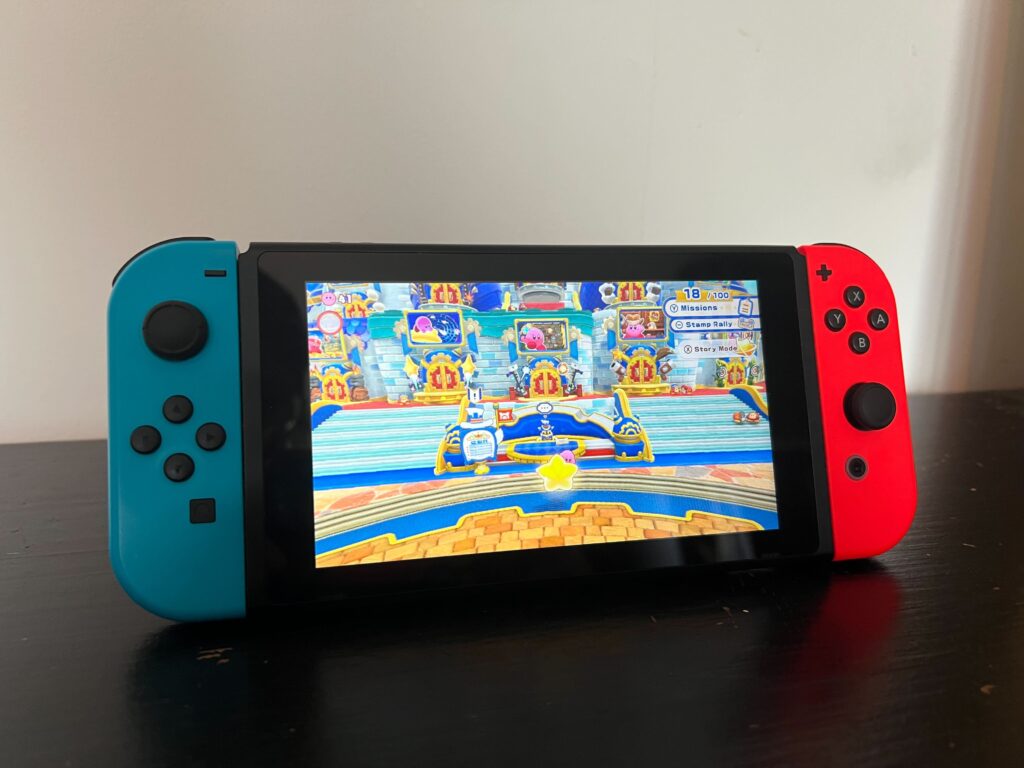The handheld gaming market is growing bigger every year, making us question which device is actually worth your time.
Asus has finally announced the ROG Ally, the newest handheld console on the market ready to take on the Steam Deck and Nintendo Switch alike. The release date for the ROG Ally is not clear yet, but we expect this device to launch during 2023 with a sub £1000 price tag.
Since we’ve already taken a look at how the ROG Ally compares to the Steam Deck, we wanted to see how it stacks up against what could be considered the most accessible handheld console to date, the Nintendo Switch. Keep reading for a breakdown between these two machines.
The ROG Ally packs more power
The Nintendo Switch is no juggernaut when it comes to power. It comes with an Nvidia custom Tegra processor, with no support for features like ray tracing or DLSS. This is not aided by its rather small screen which can not be configured to hit Full HD resolutions unless docked to a TV or monitor.

The ROG Ally, on the other hand, should be overflowing with power. It comes with a custom 4nm AMD APU, with a Zen 4 CPU and RDNA 3 GPU. While we don’t know the clock speeds per se yet, it’s undeniable that it will have a much higher performance when compared to the Switch.
Nintendo Switch is more affordable
The Nintendo Switch launched in 2017 and has stuck with the same £259/$299 price tag ever since, not counting the bundled deals that can be found from Nintendo and third parties. The Switch Lite is more affordable, at £199.99, but has fewer features than its sibling.

The ROG Ally does not have a definitive price yet, but rumours suggest that it will be very expensive due to its specs, with some saying that it will be more expensive than the £569 Steam Deck. We can always hope that it will stay below the £1000/$1000 mark, but it’s very likely that it will cost a lot more than the Switch.
ROG Ally has a 120Hz refresh rate
The Nintendo Switch did not go all out with its display, providing a functional 6.2-inch 1280×720 display with a 60Hz refresh rate. The Switch OLED provides a better experience in this area due to its OLED panel, but it sticks with the same refresh rate.

The ROG Ally comes with a 7-inch screen with a Full HD (1920×1080) resolution alongside a 120Hz refresh rate. This will ensure that games will run smoothly and look more seamless than what the Switch can achieve since its refresh rate is double what Nintendo can handle.
Nintendo Switch is a more focused gaming device
The Nintendo is pretty sparse in terms of its UI, with no option to watch video content or browse the web. Since its launch there has been no support for apps like Netflix, YouTube or Google, making the Switch’s main priority gaming.

The ROG Ally runs on Windows 11, allowing for a lot more flexibility in terms of its software. Users will be able to browse the web and load up apps like Game Pass and GeForce Experience. Not only is the ROG Ally more powerful than the Switch, but it will be capable of providing other experiences that are not strictly gaming, which could make it more appealing to a broader audience. However, for games, you’ll be using Asus own software to try to bring together your sprawling collection across different platforms, and we’ll have to see how well that comes together.




